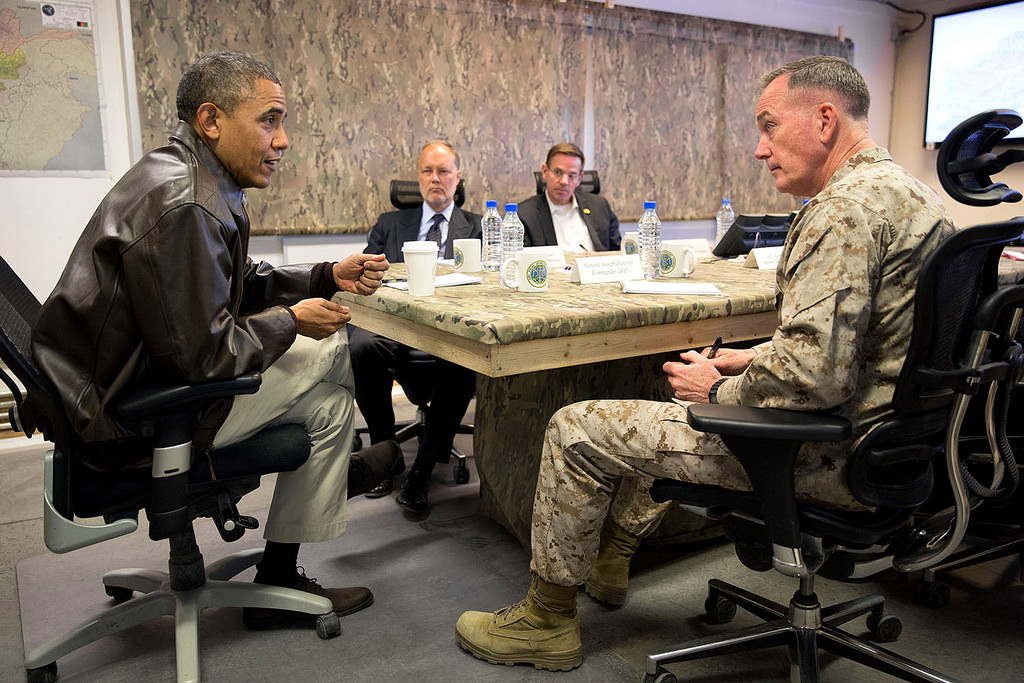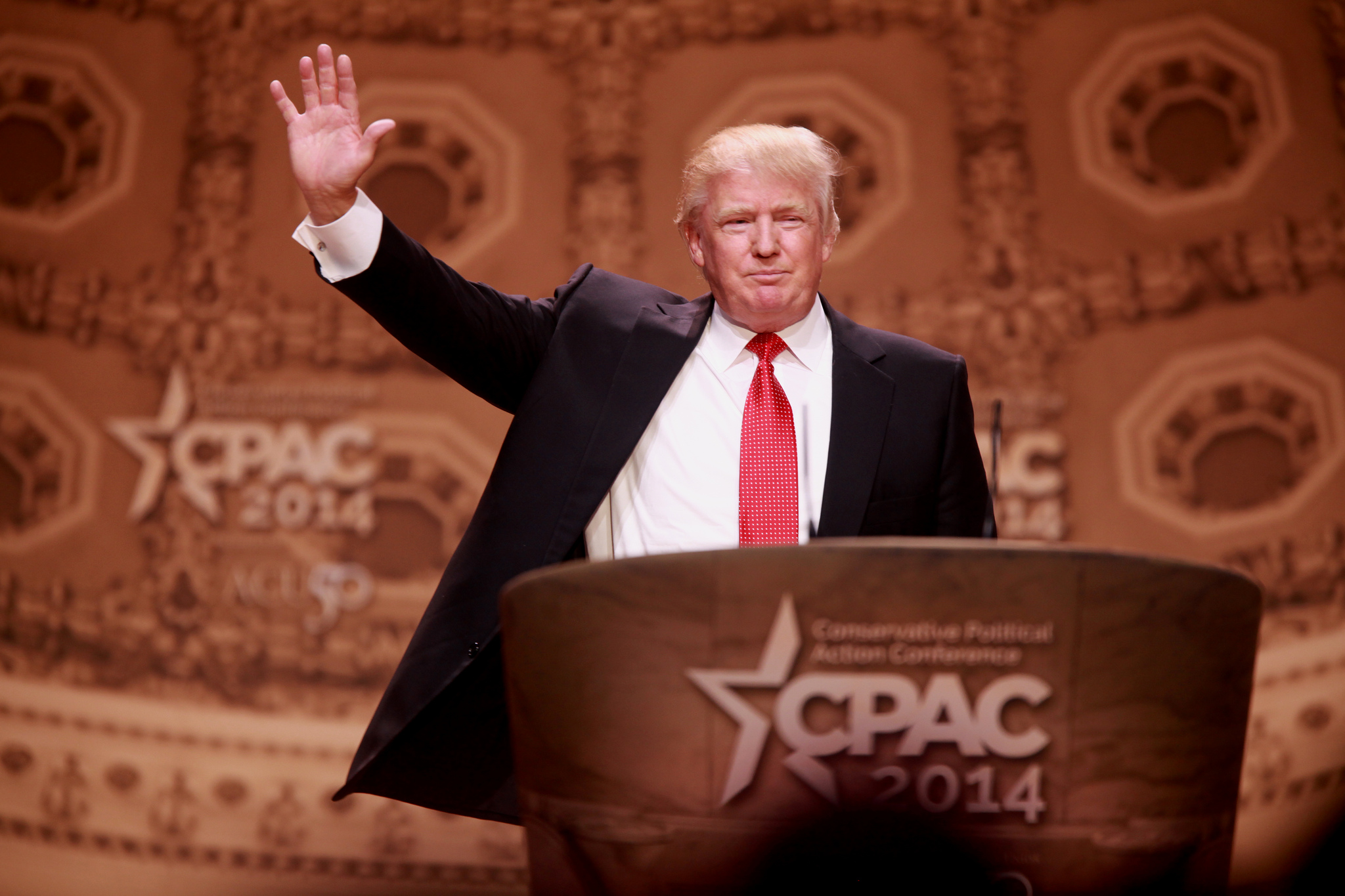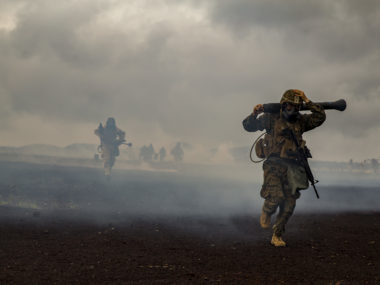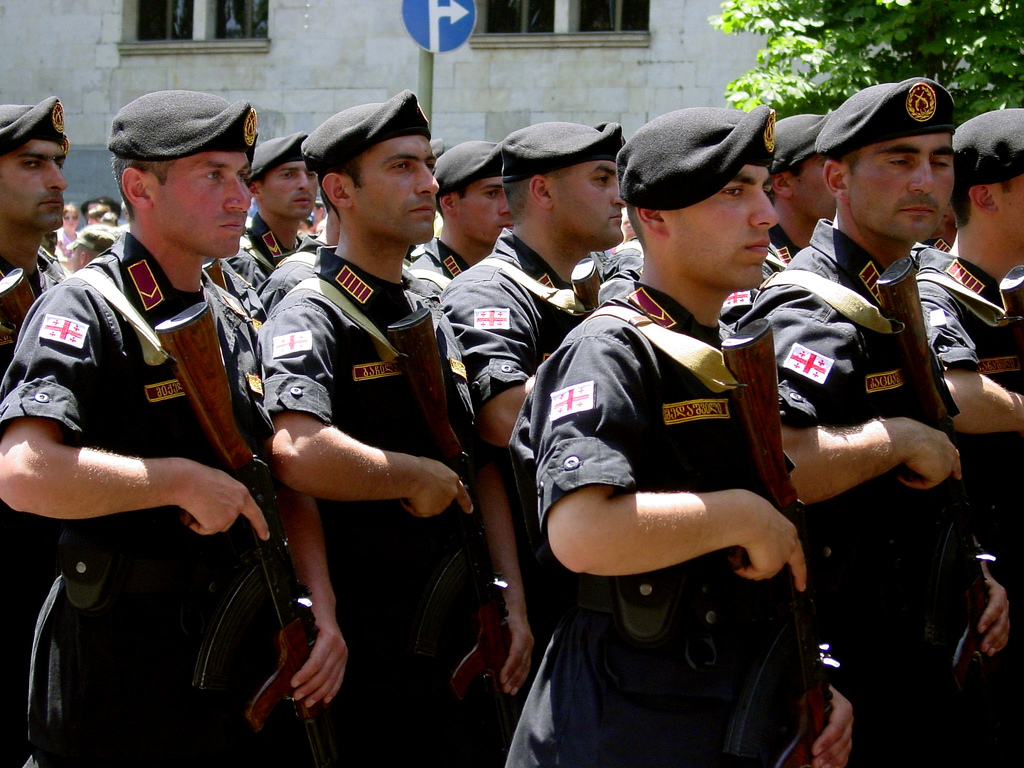Political scientists generally agree that democracies have a foreign policy advantage, particularly when it comes to conflict. Democracies – at least when compared to autocracies – make more credible threats, fight less, and win more.
There’s a lot more debate about why this might be the case, but in research with Matt Baum I argue that it comes down to institutional constraints. Free and fair elections are fine and well, but unless political opposition and an informed public are up to the task of forcing leaders to be responsive, the democratic advantage fades away. Driving the point home, some autocracies are so institutionalized that they effectively constrain leaders and, when they do, those countries look more like democracies in their conflict behavior and outcomes.
The point is that it’s not democracy alone that matters. Rather it is the limits that these regimes can put on their leaders to force them to be careful and selective when doing things like making threats and starting fights. This also means it’s not a baked-in advantage that a democracy can take lightly – even well-meaning leaders in democracies have every incentive to figure out how to slip these constraints. Limits yield long-term advantages, but in the immediate term they tie leaders’ hands, preventing them from engaging with the international problems or opportunities that they feel they should.
There are four trends that indicate this process is well under way and is putting the “democratic advantage” at risk.
Militaries are less closely tied to voters
Democratic advantages in conflict are commonly traced to the nature of democratic militaries and their relationship with political power. Going all the way back to Kant, there has been the notion that societies with citizen soldiers and the vote are not going to support unnecessary wars when they are going to bear the costs. The problem is that Kant’s vision isn’t what modern armies look like, and they’re intentionally moving away from the target rather than toward it.
In the US, military service is all-volunteer, and the recruits are increasingly drawn from concentrated segments of society. This divorces the consequences of fighting from the day-to-day experience of most voters. Increasingly, this is a limited force supplemented by private sector contractors, placing even more distance between the individual with the gun and the democratic process.
The emphases on covert operations, Special Forces, and technological superiority further water down the link between society and soldiers. This was, in fact, part of the point of moving to an all-volunteer force and one of the rationales for investments in stealth, information technology, and precision guided munitions, e.g. the precision strike complex. By replacing bodies with dollars, planners have consistently sought to increase the flexibility that the US has in its use of force. In the immediate term, that goal makes sense – it allows policy makers to do what they believe needs to be done without having to worry about a fickle public. But over the long term, it has the potential to lead to less caution and selectivity when engaging in conflicts.
Adversaries are proliferating and changing
The emergence of non-state actors as a primary threat has further loosened constraints on leaders. The shift from the possibility of total war with the Soviet Union to myriad smaller-scale challenges accelerated the transition from a mass military to an elite, highly specialized force more isolated from society. Compounding the challenge, this type of adversary and conflict leads to more significant informational advantages for leaders, which make democratic constraints less binding. Citizens and political opposition are always playing catch-up with the executive when it comes to foreign policy information, but the challenge is harder when the adversaries are less familiar, the engagements shorter, and the issues more complex.
Technology is reducing constraint
New technologies are driving citizens and political opposition ever further out of the loop. The extraordinary rise of unmanned vehicles in combat reduces the risk of casualties and extends the range for projecting force. This has undeniable strategic advantages, but there is less visibility and, accordingly, less accountability associated with the use of this technology. This means leaders worry less about the ex-post constraints and costs that typically come with casualties.
Institutions and practices increasingly favor the president
The recent nuclear agreement with Iran was an executive agreement rather than a treaty. This is the norm – most international agreements are now unilateral actions of the president. A polarized Congress is ever more cautious in its exercise of what little foreign policy power it has; two years into the campaign against Islamic State and Congress still hasn’t weighed in one way or the other. In the US this is an expansion of the widely accepted argument that there are two presidencies – a constrained one in domestic politics and a relatively autonomous one abroad. What’s unappreciated is that this growing presidential autonomy (which may well be needed to run a Superpower) also decreases constraint and with it the foreign policy “advantages” we associate with democracy.
While these advantages are real, they are also fragile. Key institutional constraints – such as a robust political opposition and a knowledgeable citizenry – are susceptible to seemingly minor changes in institutions and/or practices that loosen the limits of leaders’ foreign policy decisions. As technologies advance, threats shift, and institutional constraints wax and wane, the foreign policy advantages embedded within democratic systems may begin to erode. The potential for such a shift is a possibility that should not be taken lightly.






